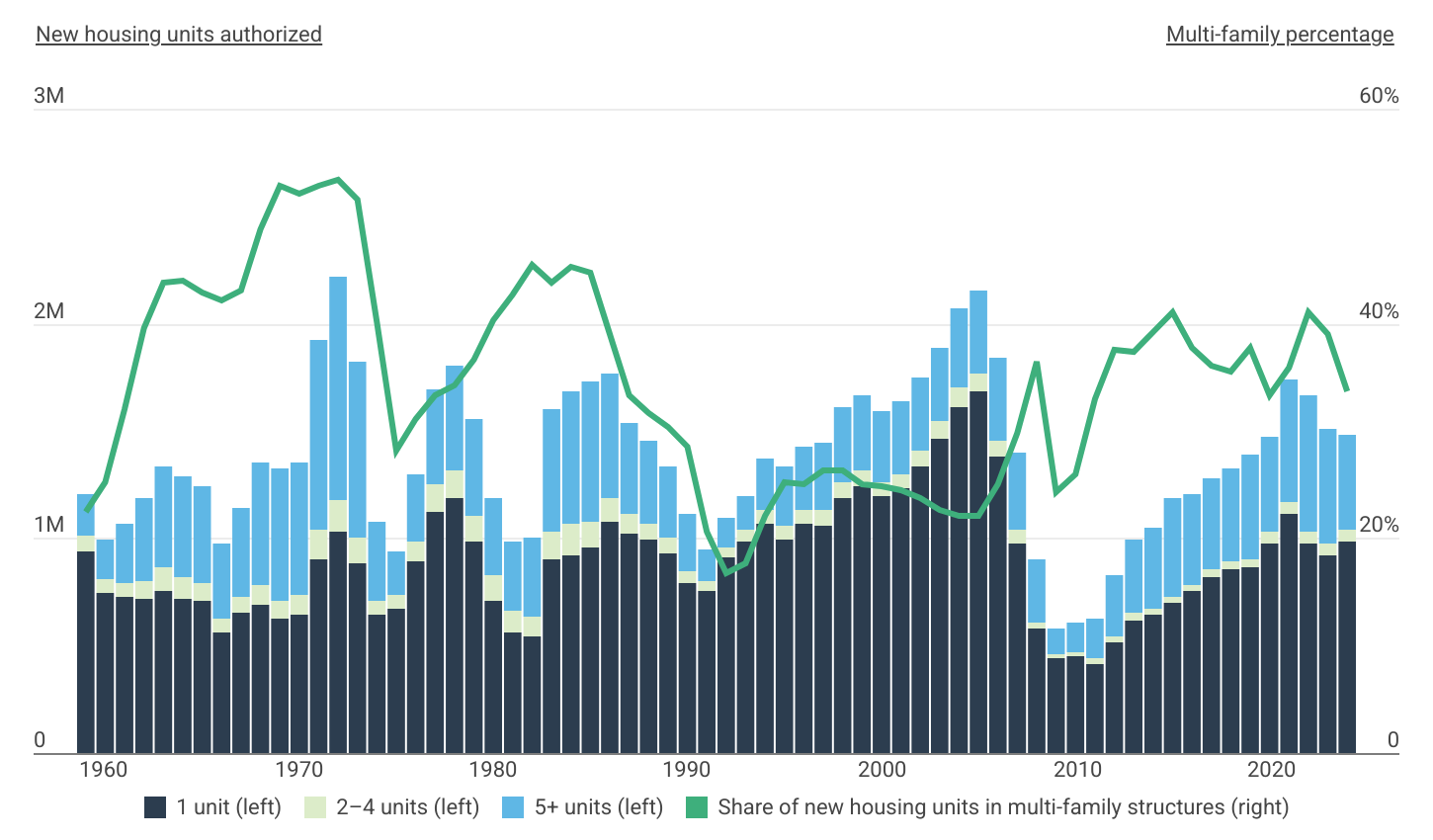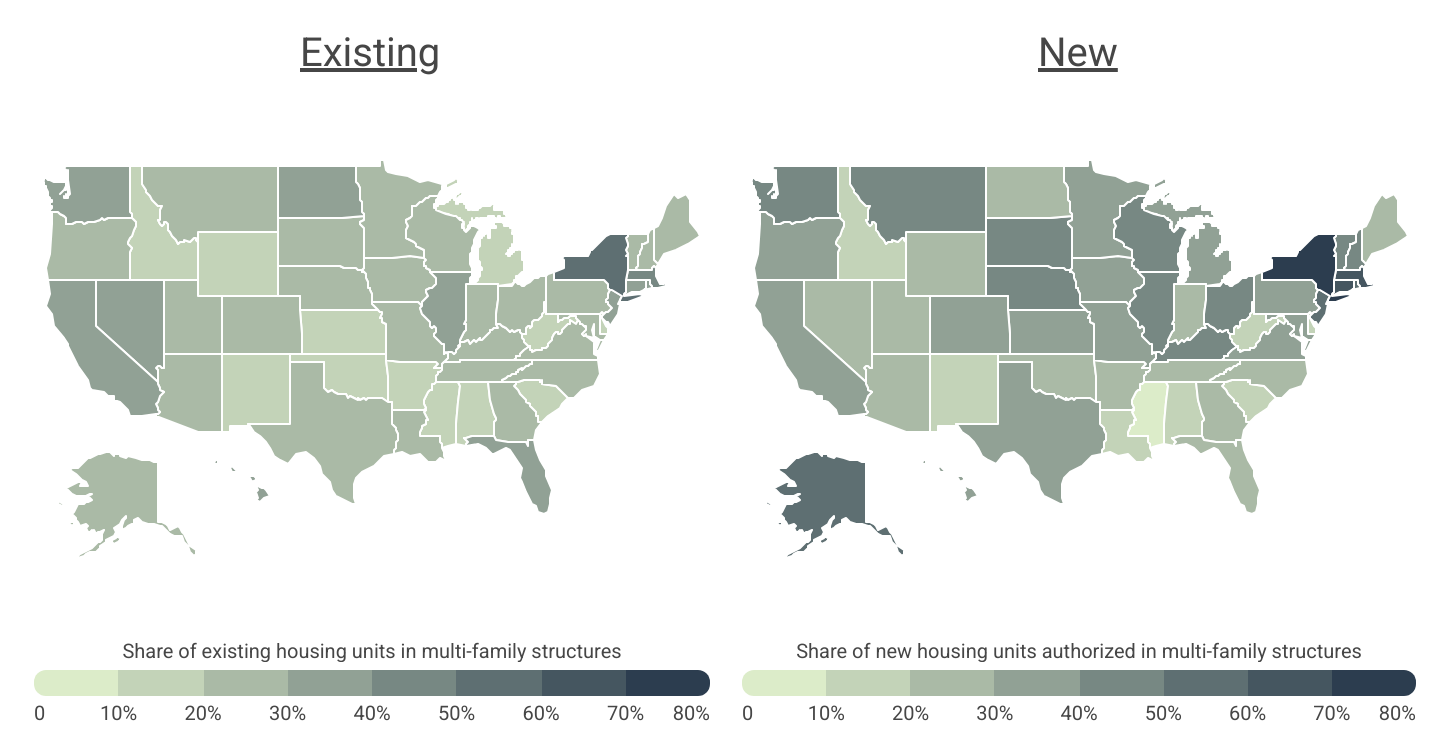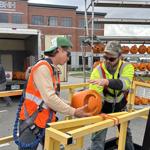The U.S. housing market remains a critical economic issue, with housing affordability and supply at the forefront of bipartisan policy agendas. Both Republican and Democratic lawmakers are increasingly focused on expanding access to affordable housing and addressing the nationwide housing shortage. According to a recent Freddie Mac analysis, the U.S. faces a shortfall of 3.7 million housing units, a deficit that continues to drive high prices for both homeowners and renters.
Expanding multi-family housing—such as townhomes, condos, and apartments—offers one of the most effective solutions for addressing this shortage and improving affordability. Multi-family developments allow for higher housing density in urban and suburban areas and are generally more cost-efficient to build than single-family homes, making them a faster and cheaper way to increase supply. However, restrictive zoning regulations in many areas have historically made it difficult or even impossible to construct multi-family housing.
Recently, though, there has been growing political momentum to relax or eliminate these zoning restrictions, among other barriers to new home construction. And as such, more higher-density housing may be on the horizon.
Is the U.S. Building More Multi-Family Housing Than in the Past?
Multi-family housing permitting has plateaued after reaching its highest level since 1986

Source: Construction Coverage analysis of U.S. Census Bureau American Community Survey data | Image Credit: Construction Coverage
During the lead-up to the 2000s housing bubble, loose lending standards and easy access to mortgages fueled demand for larger, single-family homes. Between the mid-1990s and mid-2000s, only about a quarter of new homes built in the U.S. were multi-family units, as Americans largely favored the suburbs. However, after the 2008 market collapse, housing construction slowed dramatically, just as millennials were reaching adulthood and showing a growing preference for urban living. This shift contributed to an urban revival, where demand for higher-density housing began to rise.
In the years following the housing crash, limited construction activity increasingly shifted toward multi-family developments. Between 2009 and 2015, the share of new housing authorizations for multi-family units rose from 24.3% to 41.1%. However, this share has since plateaued, standing at 33.6% as of 2024.
Despite this leveling-off, over 496,000 multi-family housing permits were issued in 2024—more than triple the low of 141,800 during the 2009 market collapse. Still, this figure stands in stark contrast to the nearly 1.2 million multi-family units authorized in 1972, the highest number recorded since the U.S. Census Bureau began tracking the data.
Regional Differences in Multi-Family Housing
All but 11 states are investing more in multi-family housing now than in the past

Source: Construction Coverage analysis of U.S. Census Bureau American Community Survey data | Image Credit: Construction Coverage
Nationally, about 29% of the existing housing stock consists of multi-family units, though this varies significantly across regions. New York leads the nation with 52.8% of its existing housing classified as multi-family, followed by Massachusetts (42.8%), Rhode Island (39.7%), Hawaii (38.3%), and New Jersey (37.5%). In contrast, states in the South and Mountain West—with more space and larger rural populations—historically invested less in medium- and high-density housing. States like West Virginia, Idaho, Mississippi, and Oklahoma have 18% or less of their housing stock composed of multi-family units.
When considering newly built housing units, a few notable trends stand out. States with traditionally high levels of multi-family housing, such as New York, Connecticut, and Massachusetts, continue to prioritize this type of development. In these states, multi-family units accounted for over 60% of all new authorizations in 2024, with New York leading at 77.5%. In fact, in all but 11 states, the percentage of new housing units categorized as multi-family exceeded that of the existing housing stock last year.
Notably, there has been a surge in multi-family home construction in regions with historically lower concentrations of such housing. In Alaska, for example, where just 25.6% of the existing housing stock is multi-family, a remarkable 56.8% of new units permitted in 2024 were for multi-family developments. Similarly, in the continental West, Washington (49.3%) and Montana (43.4%) were the only states where multi-family units constituted more than 40% of new housing authorizations.
Similar patterns emerge at the local level, where a blend of densely populated coastal cities and focal points in the Midwest and Western United States show the highest rates of multi-family development. There are a few exceptions, but generally, cities in the South report the lowest rates of new multi-family housing. This is likely attributed to lower demand and lower home prices compared to other regions of the country.
This analysis was conducted by researchers at Construction Coverage—a website that compares construction software and insurance—using data from the U.S. Census Bureau.
Here is a summary of the data for New Hampshire:
- Share of new housing units authorized in multi-family structures: 41.5%
- Share of existing housing units in multi-family structures: 28.1%
- Total new housing units authorized in multi-family structures: 2,061
- Total new housing units in structures with 2 units: 178
- Total new housing units in structures with 3–4 units: 201
- Total new housing units in structures with 5+ units: 1,682
- Total new single-family units: 2,904
For reference, here are the statistics for the entire United States:
- Share of new housing units authorized in multi-family structures: 33.6%
- Share of existing housing units in multi-family structures: 28.6%
- Total new housing units authorized in multi-family structures: 496,089
- Total new housing units in structures with 2 units: 34,568
- Total new housing units in structures with 3–4 units: 19,900
- Total new housing units in structures with 5+ units: 441,621
- Total new single-family units: 981,911
For more information, a detailed methodology, and complete results, see U.S. Cities Building the Most Multi-Family Housing on Construction Coverage.


















(0) comments
Welcome to the discussion.
Log In
Keep it Clean. Please avoid obscene, vulgar, lewd, racist or sexually-oriented language.
PLEASE TURN OFF YOUR CAPS LOCK.
Don't Threaten. Threats of harming another person will not be tolerated.
Be Truthful. Don't knowingly lie about anyone or anything.
Be Nice. No racism, sexism or any sort of -ism that is degrading to another person.
Be Proactive. Use the 'Report' link on each comment to let us know of abusive posts.
Share with Us. We'd love to hear eyewitness accounts, the history behind an article.